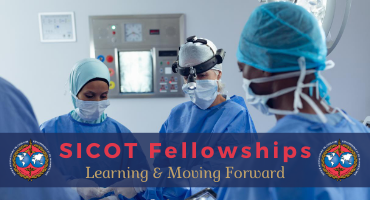Esophageal perforation more than 10 years after anterior cervical spine surgery: a case report and literature review
EFORT Open Rev. 2025 Jan 3;10(1):57-63. doi: 10.1530/EOR-24-0110. Print 2025 Jan 1.
ABSTRACT
Esophageal perforation is a rare but serious complication that can occur post-cervical spine surgery. This case report presents the clinical course, diagnostic challenges and management strategies of a patient who had a late-diagnosis esophageal perforation after anterior cervical spine surgery (ACSS). A woman in her 50s underwent ACSS for cervical spondylosis. Three months postoperatively, she experienced persistent right neck and shoulder pain. Despite multiple consultations, an esophageal perforation was only diagnosed 10 years later when a neck mass ruptured, discharging food debris. Surgical management included removing the anterior cervical plate and reconstruction with a sternocleidomastoid muscle flap. Postoperatively, she faced wound complications, and the perforation failed to heal despite multiple debridement and stent placements. Ultimately, complete excision of the diverticulum, repair of the perforation and muscle flap reconstruction led to her recovery, with no recurrence over an 8-year follow-up. We reviewed the literature on cases with esophageal perforation occurring more than 10 years after anterior cervical surgery and summarized the treatment experiences. This case underscores the diagnostic challenges and delayed presentation of esophageal perforation post-ACSS. Early recognition and multidisciplinary management are essential. In cases of late perforation, hardware removal, diverticulum excision and a muscle flap are critical to achieving successful closure of the esophageal lesion, preventing recurrence and ensuring comprehensive repair. Addressing esophageal diverticula during perforation treatment is crucial to prevent recurrence and ensure thorough repair. This highlights the need for high clinical suspicion and a coordinated surgical approach to improve patient outcomes.
PMID:40071924 | PMC:PMC11728875 | DOI:10.1530/EOR-24-0110














